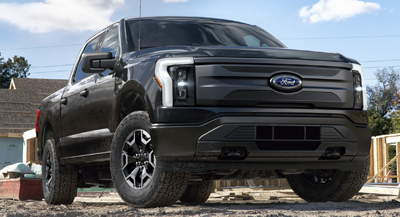Ford dealers are beginning to push back and drop out of the Model e EV sales program, launched by the Detroit-based automaker last year in hopes of encouraging dealerships to carry, sell and deliver EVs. It has not gone according to plan for some.
Ford saw success when it first launched the program, reporting about two-thirds of U.S. dealerships decided to opt in.
The program features two tiers. The first is called Certified, and gives Ford locations the ability to service the company’s electric cars and does not require as much of an initial cost---$500,000. However, there was a limit on the number of EVs allotted for that location, which was removed.
The second tier, known as Certified Elite, costs between $1 million and $1.2 million and gives dealers two DC fast chargers, priority in replenishing EV models, more exposure on Ford’s company website and demo units, which could be sold.
Most dealers chose the higher tier. Ford CEO Jim Farley said of 1,920 locations enrolled, 1,659 opted into the Certified Elite tier.
Now, some dealers are challenging the program and are deciding to opt out. A new report from Automotive News said 29 Ford dealers have decided to leave the program, and 24 additional locations switched from Certified Elite to the lower-level Elite program.
In addition, 46 dealers based in North Carolina have filed a petition with the state’s DMV commissioner challenging the Model e programs. The attorney representing the dealers, Shawn Mercer, said the dealers involved in the petition waited for Ford to make revisions to the program to improve it, but the changes were insufficient.
In Ford’s case, it is learning the troubles of setting the terms of its EV sales program and how some dealerships may not be keen on the terms of the tiers. The dealers that paid $500,000 to enroll in a program that allows them to sell a limited number of vehicles per year may be realizing it isn’t worth the investment or hassle.
Ford, like many companies, has also struggled with its ability to supply dealers with EV models, which has made wait times for some vehicles go well over a year. Dealers could be seeing the hefty initial investment as a waste until supply chain issues can be solved and production is at a level that can keep up with demand.












